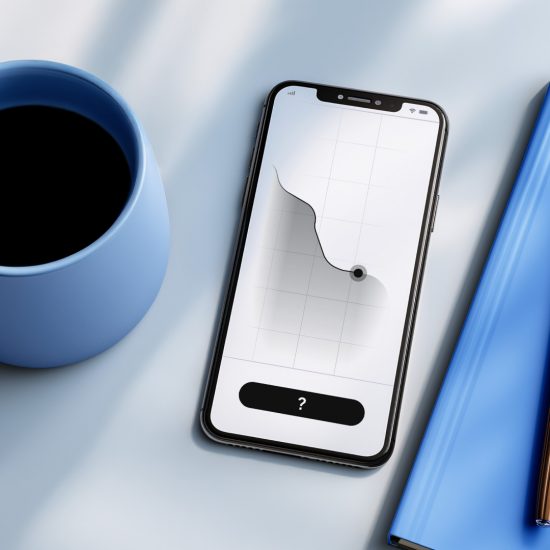
A pioneering device, the MouthPad by Augmental, now enables users with paralysis or limited mobility to control digital devices using only tongue and head movements. Introduced this year, the device combines a tongue‑sensitive touchpad and motion sensors embedded into a custom dental retainer, delivering seamless Bluetooth cursor control and click functions across phones, tablets, and computers.
Developed by MIT alumnus and CEO Tomás Vega, the MouthPad capitalises on the tongue’s unique neurological and muscular traits. Vega points out that substantial brainpower manages tongue control, and the organ’s slow‑twitch muscles resist fatigue — making it suitable for sustained interaction. Each MouthPad is precision‑fitted using intraoral scans and 3D printing, ensuring comfort and invisibility during use.
Users report significant improvements in autonomy. A college student with quadriplegia now uses it daily for studying and note‑taking, activities previously difficult with speech‑based aids. Testimonials on Augmental’s website describe seamless device switching via Bluetooth, five‑hour battery life, and intuitive learning curves — some mastered functional use within an hour.
At the CSUN Accessibility Conference in Anaheim, Augmental’s team confirmed that production for their next batch will begin this summer, primarily catering to those with mobility impairments, while exploring new verticals during hands‑busy activities, such as surgery or musical performance. Priced at approximately US $1,500, funding partnerships with veterans’ services and vocational rehabilitation programmes have facilitated acquisition.
Looking ahead, Augmental is advancing toward US Food and Drug Administration clearances to support integration with wheelchairs, exoskeletons, robotic limbs, and potential insurance coverage. Future iterations aim to incorporate whisper detection and subtle internal speech recognition — especially useful for individuals with impaired lung function.
Academic innovations like ChinMotion and silent speech EMG systems provide complementary advances in hands‑free control, but Augmental’s blend of custom design, comfort, and real‑world delivery places it at the forefront of assistive hardware this year.
The MouthPad exemplifies a broader trend: designing for accessibility can spark mainstream breakthroughs. As Vega highlights, many everyday technologies began as assistive tools — voice assistants, captioning, predictive text — and later permeated wider consumer use. By rethinking fundamental human–computer interfaces, devices like the MouthPad not only expand accessibility but also redefine interaction paradigms.




